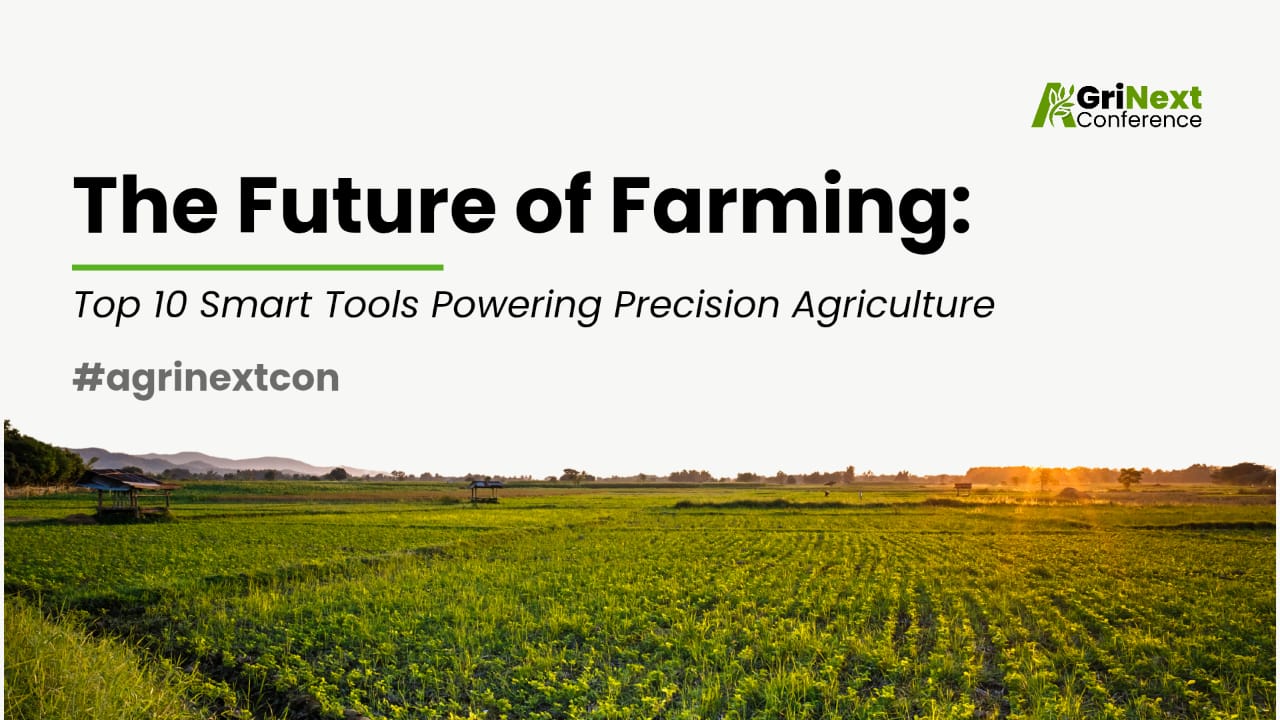
Agriculture has always been the backbone of civilization, but with growing populations and the mounting effects of climate change, traditional methods are no longer enough. Enter smart farming—where technology meets agriculture to enhance productivity, sustainability, and precision. Today’s farmers are transforming their fields with advanced tools that are reshaping how food is grown. Here are 10 smart farming innovations making a real-world impact.
1. Drones for Precision Monitoring
Purpose:Drones provide farmers with a bird’s-eye view of their fields, capturing high-resolution data for crop monitoring, disease detection, and yield estimation. Integrated with sensors, they enhance precision and decision-making.
Example: DJI Agras T40 – A powerful agricultural drone designed for precise spraying and mapping, ideal for large-scale farms.
2. GPS Technology: The Backbone of Precision Agriculture
Purpose:GPS enables precise planting, spraying, and harvesting by guiding equipment with accuracy, reducing input waste and improving efficiency.
Example: John Deere 8R Series – Equipped with AutoTrac and GPS guidance for efficient sowing, tilling, and harvesting.
3.IoT Sensors for Real-Time Field Data
Purpose: Sensors monitor soil moisture, temperature, and nutrient levels, allowing farmers to optimize irrigation and fertilization schedules.
Example: CropX Sensor – Helps farmers decide the right time for irrigation and fertilizer application.
4. Smart Irrigation Systems
Purpose: Automates water delivery using real-time soil data and weather forecasts to minimize water use and energy consumption.
Example: Netafim Precision Irrigation – Adjusts water delivery based on soil and crop needs, saving both water and energy.
5. Farm Management Software (FMS)
Purpose:Digitally manage crop records, finances, inventory, and labor for better decision-making and organization.
Example: AgriWebb – A cloud-based platform used for livestock and crop management, especially by commercial farms.
6. Autonomous Robots For Field Operations
Purpose:These robots perform tasks like planting, weeding, and harvesting without manual intervention, reducing labor costs and increasing precision.
Example: Ecorobotix ARA – A solar-powered weeding robot that uses AI to target and kill weeds precisely.
7. Weather Monitoring Tools
Purpose: Provide reliable weather data to help farmers plan activities like planting, irrigation, and harvesting effectively.
Example: Davis Vantage Pro2 – A professional weather station used by farmers for data on rainfall, wind, and humidity.
8. Satellite Imaging Tools
Purpose: Monitor field conditions and crop health remotely using high-resolution satellite imagery for yield prediction and soil mapping.
Example: Sentera NDVI Sensor – Analyzes plant health through aerial imagery and satellite data.
9. Livestock Health Monitors
Purpose: Track animal health, movement, and reproductive status through wearable tech, helping improve herd productivity
Example: CowManager Ear Tags – Send alerts about feeding behavior, fertility, and sickness in dairy cows.
10. AI and Machine Learning Platforms
Purpose:Analyze vast amounts of farm data to predict pest outbreaks, detect diseases early, and optimize crop inputs.
Example:Plantix – An AI-powered app that diagnoses crop diseases from photos and suggests remedies.
Beyond the Top 10: Tools Transforming Sustainable Agriculture
11.Carbon Footprint and Sustainability Tracking
Purpose:Monitor a farm’s environmental impact and help meet sustainability goals or qualify for carbon credit programs.
Example:A smart farm using solar-powered equipment, precision irrigation, and organic compost may reduce emissions to 1–2 tons of CO₂-equivalent per hectare, and even lower if they adopt carbon-sequestering practices like cover cropping or no-till farming.
12.Mobile Farming Apps
Purpose: Give farmers on-the-go access to expert advice, market trends, and weather forecasts.
Example: Kisan Suvidha App (India) – Provides weather updates, market prices, expert advice, and government schemes.
Global Examples of Smart Farming Success
Countries around the world are adopting smart farming practices with great success. From the Netherlands’ cutting-edge greenhouses to Japan’s automated rice fields,these examples highlight the potential of smart farms to revolutionize agriculture.
In the UAE, Bustanica, the world’s largest hydroponic vertical farm, utilizes advanced AI-driven systems and a closed-loop irrigation method to reduce water usage by up to 95% compared to traditional agriculture, producing over 1 million kilograms of fresh produce annually.
Conclusion
Smart farming tools are no longer limited to large farms. Even smallholders can benefit by adopting affordable and scalable technologies to make informed decisions, conserve resources, and boost yields. As accessibility grows, these tools will continue to redefine agriculture worldwide.
AgriNext Awards& Conference: Global Platform for Next-Gen AgTech and Sustainable Farming
AgriNext 2025 is poised to be a game-changing event, bringing together startups, innovators, and farmers to explore breakthroughs in automation, sustainability, and precision farming. If you’re serious about staying ahead in agriculture, AgriNext 2025 is the must-attend platform to connect, learn, and grow.
Signup For AgriNext Conference Newsletter


